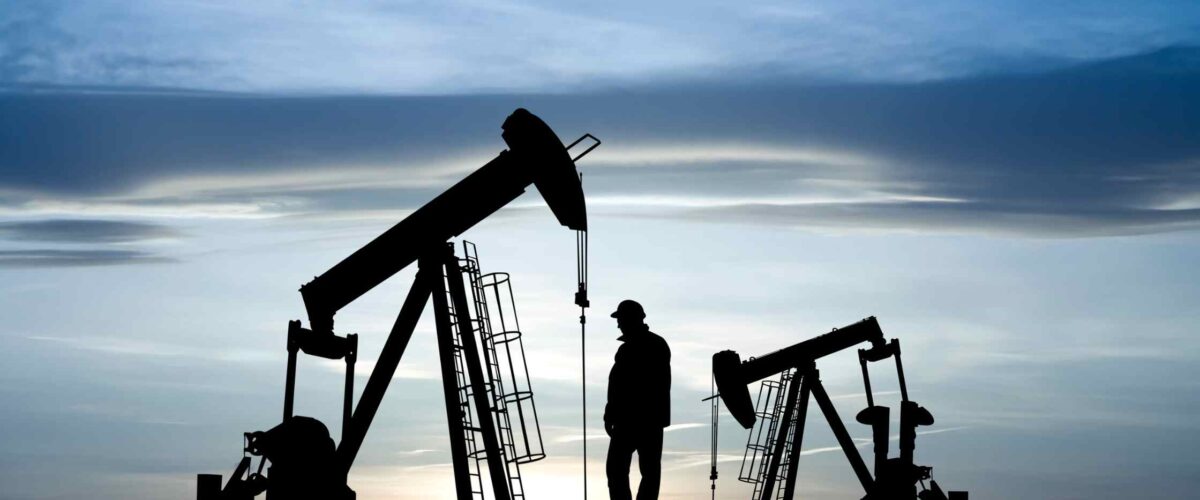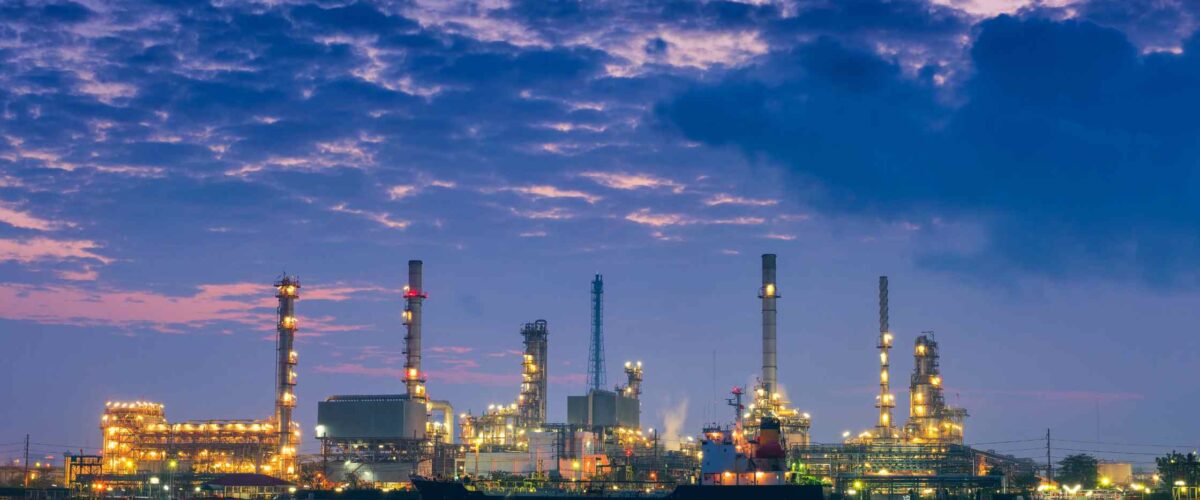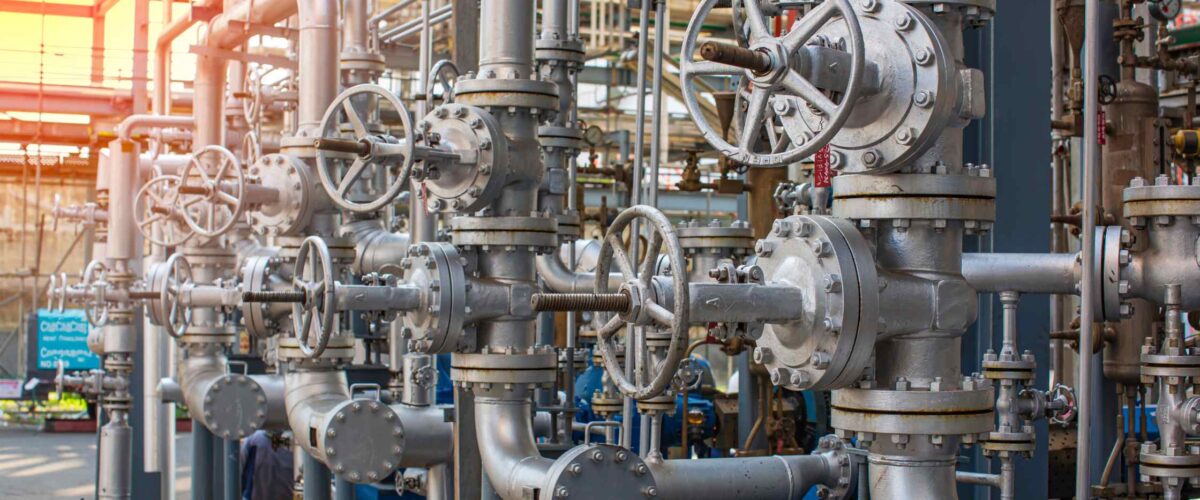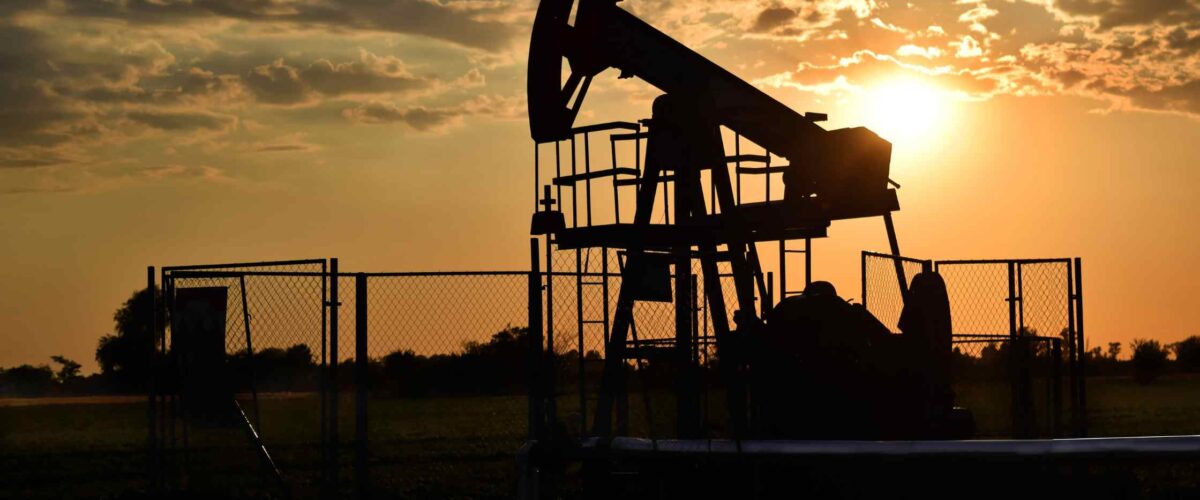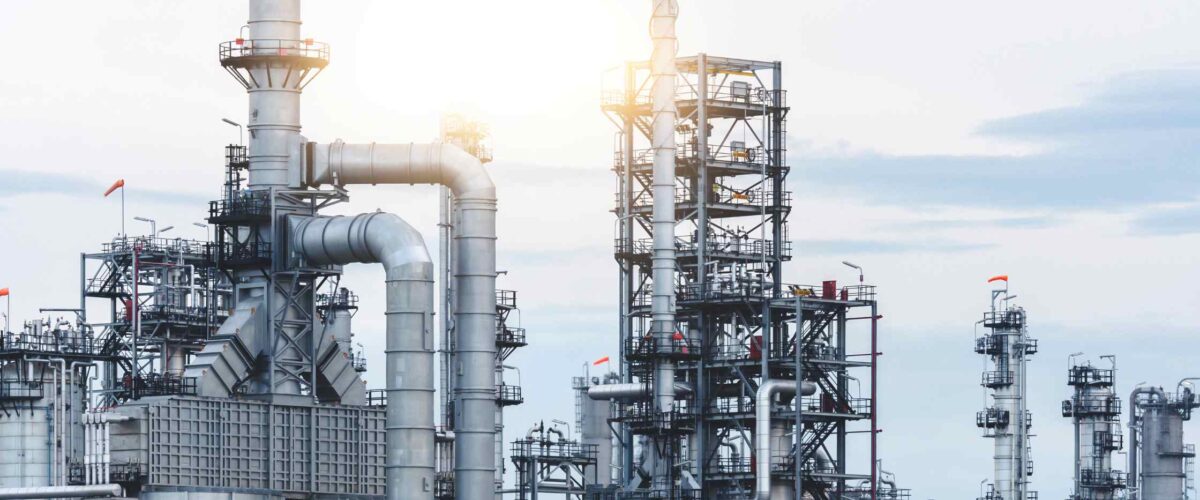The oil and gas industry has always been at the forefront of technological innovation, seeking ways to maximize production, reduce costs, and improve safety. One of the most transformative advancements in recent years is the emergence of smart wells—onshore wells equipped with sophisticated sensors, automation, and real-time data analytics that enable unprecedented control over reservoir management and production optimization.
As the industry faces challenges such as declining reservoir pressures, complex geology, and increasing environmental regulations, smart wells are becoming essential tools for unlocking reserves more efficiently and sustainably. In this article, we delve into what smart wells are, how they work, and why they are reshaping the future of onshore drilling.
What Are Smart Wells?
A smart well is an oil or gas well enhanced with downhole sensors, flow control valves, and communication systems that allow operators to monitor and adjust production parameters in real time. Unlike conventional wells, where production settings are fixed once the well is drilled and completed, smart wells provide dynamic control over:
-
Flow rates from different zones or perforations
-
Pressure and temperature conditions downhole
-
Water or gas breakthrough management
This level of control is enabled through distributed control valves and real-time data telemetry, creating a feedback loop that maximizes recovery and extends the life of the well.
Key Components of Smart Wells
-
Downhole Sensors: Measure pressure, temperature, flow rates, and other reservoir conditions at multiple locations within the wellbore.
-
Flow Control Valves: Electrically or hydraulically actuated valves allow operators to selectively open or close different zones.
-
Communication Systems: Wired or wireless systems transmit data to the surface control center.
-
Surface Control and Analytics: Software platforms aggregate sensor data and enable remote adjustments, often using AI and machine learning for predictive decision-making.
Benefits of Smart Wells in Onshore Drilling
1. Optimized Reservoir Management
Smart wells allow operators to produce hydrocarbons selectively from different zones based on reservoir conditions, minimizing water or gas coning and improving overall recovery rates.
2. Increased Production Efficiency
Real-time data enables fine-tuning of flow rates and pressures, avoiding bottlenecks or overproduction from any one zone, thereby maintaining steady and optimized output.
3. Reduced Operational Costs
By reducing the need for frequent well interventions and workovers, smart wells cut operational expenses and downtime. Remote monitoring also limits the number of personnel required on site.
4. Improved Safety and Environmental Compliance
Continuous monitoring of pressure and flow reduces risks of blowouts or leaks, and enables early detection of anomalies. This proactive approach supports safer operations and better environmental stewardship.
Real-World Applications and Success Stories
-
Permian Basin: Operators have reported up to 15-20% production uplift and significant cost savings through the deployment of smart well technologies.
-
North Sea: Smart well completions have extended well life and enhanced water shutoff capabilities in mature fields.
-
Middle East: Increasing adoption of smart wells to optimize production from complex, multilayered reservoirs.
These successes are driving broader industry adoption, especially in challenging reservoirs where traditional methods fall short.
Challenges and Considerations
Despite their benefits, smart wells come with challenges:
-
Higher upfront costs: Installation and equipment expenses are significant, though often offset by long-term gains.
-
Technical complexity: Requires skilled personnel for design, installation, and data interpretation.
-
Integration issues: Must work seamlessly with existing surface facilities and control systems.
-
Reliability: Downhole electronics must withstand harsh environments over long durations.
Continued advances in sensor durability, communication technology, and automation software are steadily addressing these hurdles.
The Future of Smart Wells
As digital transformation accelerates, smart wells will become more sophisticated and widespread. Key future trends include:
-
Integration with digital twins: Enabling virtual modeling and simulation of well performance.
-
AI and machine learning: For predictive maintenance and autonomous optimization.
-
Enhanced connectivity: Using next-gen IoT networks for faster, more reliable data transmission.
-
Expansion beyond oil and gas: Applying smart well concepts to geothermal energy and carbon capture storage.
Smart wells will be a cornerstone of the energy sector’s move towards more intelligent, efficient, and environmentally responsible resource management.
The rise of smart wells marks a pivotal shift in onshore drilling. By combining real-time monitoring, automated control, and advanced analytics, these wells enable operators to unlock more value from reservoirs while reducing risks and costs. As technology continues to evolve, smart wells will not only enhance production but also help the oil and gas industry navigate the complex demands of a changing energy landscape.
For operators ready to embrace innovation, smart wells offer a pathway to smarter, safer, and more sustainable onshore drilling.
Read more on Sparkview Energy:
Enhanced Oil Recovery (EOR) Techniques for Onshore Operations: Maximizing Yield from Mature Fields
Digital Transformation in Onshore Oilfields: Harnessing IoT, AI, and Big Data
Balancing Community Interests with Onshore Oilfield Development

